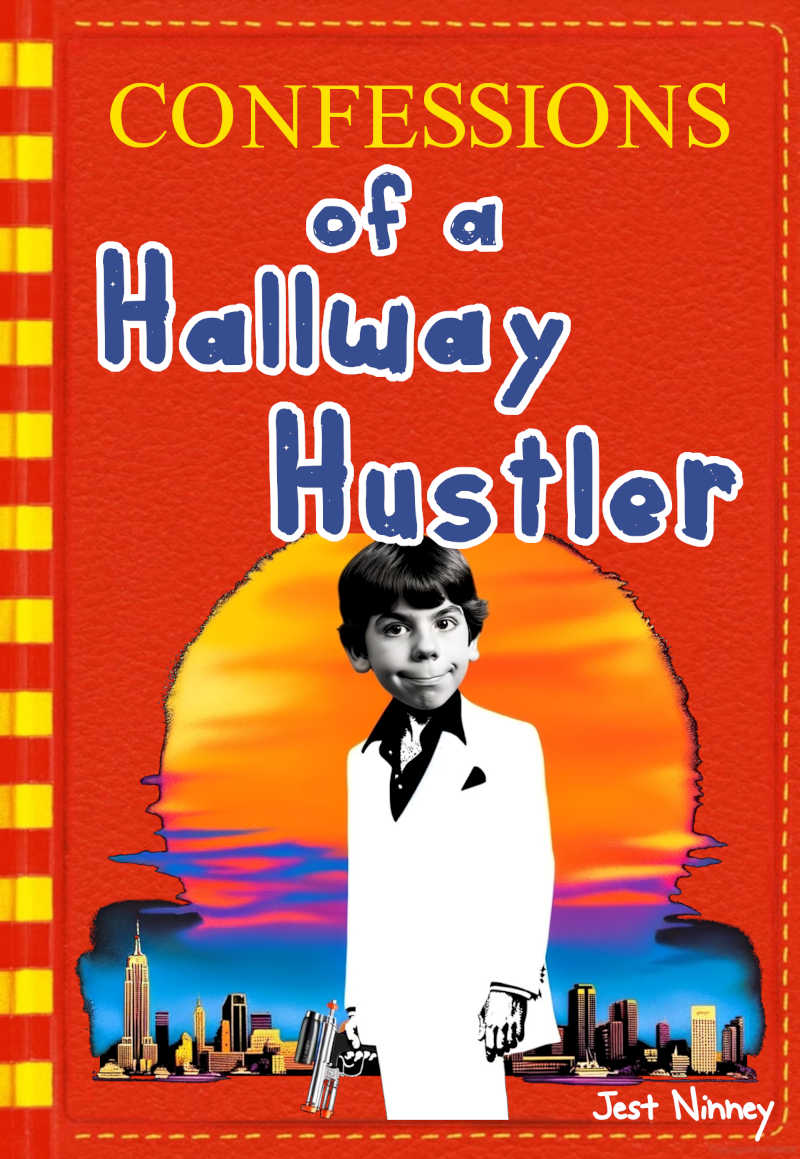Introduction
In literature and storytelling, the term “subtext” refers to the underlying or implicit meaning that exists beneath the surface of the spoken or written words. While the text is what we read or hear directly, the subtext is what is unsaid but implied, often revealing deeper truths about characters, themes, or the world of the story.
This article aims to define the literary term “subtext” and explore its manifestation in three imaginative texts: William Shakespeare’s “Hamlet,” George Orwell’s “Animal Farm,” and J.K. Rowling’s “Harry Potter and the Sorcerer’s Stone.”
Definition of Subtext
Subtext is the unspoken or less obvious meaning or message in a literary composition, drama, speech, or conversation. It can include the thoughts and motives of the characters as well as the underlying themes that may not be directly addressed.
Subtext often relies on the context within which it is found and can be revealed through various literary devices such as symbolism, irony, and metaphor.
Understanding the subtext can provide a richer, more nuanced understanding of the work as a whole.
Example 1: “Hamlet” by William Shakespeare
Text
In Shakespeare’s “Hamlet,” the Prince of Denmark seeks to avenge his father’s death. On the surface, the play is a tragedy about betrayal, madness, and revenge.
Subtext
Beneath the surface, however, the play delves into complex issues of existentialism, morality, and the human condition. Hamlet’s famous soliloquy, “To be or not to be,” serves as a prime example. While the text discusses the concept of life and death, the subtext explores the agony of indecision and the complexities of human emotion.
Further Subtext
The play also subtly addresses political corruption and the consequences of moral decay, themes that were highly relevant in Shakespeare’s time and continue to be so today.
Example 2: “Animal Farm” by George Orwell
Text
“Animal Farm” is a novella that tells the story of a group of farm animals who rebel against their human farmer, aiming to create a society where animals can be free, equal, and happy.
Subtext
The subtext of the novella is a critique of totalitarian regimes, specifically the Russian Revolution of 1917 and the subsequent rise of Stalinism. The pigs, who lead the rebellion and later become the rulers of the farm, symbolize the corrupting influence of power.
Further Subtext
The story also elides a broader critique of human nature and the inherent flaws in any political system that aims for a utopian ideal, suggesting that corruption and inequality may be inevitable.
Example 3: “Harry Potter and the Sorcerer’s Stone” by J.K. Rowling
Text
The book is a fantasy novel about a young boy, Harry Potter, who learns he is a wizard and goes to Hogwarts School of Witchcraft and Wizardry.
Subtext
While the text is a magical adventure, the subtext deals with themes of friendship, bravery, and the battle between good and evil. The Sorting Hat, which places students into one of the four Hogwarts houses, serves as a metaphor for the challenges and choices young people face in defining their identities.
Further Subtext
The series also suggests deeper issues related to social inequality, as seen in the treatment of “Muggle-borns” (wizards born to non-magical parents) and “house-elves” (a subjugated class of magical beings).
Conclusion
Subtext enriches our understanding of literature by adding layers of meaning that are not immediately obvious. It allows authors to delve into complex themes and social issues without having to state them explicitly, offering a more nuanced and engaging reading experience.
In “Hamlet,” the subtext explores existentialism and the human condition.
In “Animal Farm,” it critiques totalitarian regimes and questions the viability of utopian ideals.
In “Harry Potter and the Sorcerer’s Stone,” it addresses themes of friendship, identity, and social inequality.
Understanding the subtext in these works provides a deeper, more comprehensive understanding of their themes, characters, and the worlds they depict.
Further study
- Abrams, M. H., and Geoffrey Galt Harpham. “A Glossary of Literary Terms.” Cengage, 11th edition, 2014.
- Shakespeare, William. “Hamlet.” Edited by Barbara A. Mowat and Paul Werstine, Folger Shakespeare Library, 1992.
- Orwell, George. “Animal Farm.” Secker and Warburg, 1945.
- Rowling, J.K. “Harry Potter and the Sorcerer’s Stone.” Scholastic, 1997.
Note: This essay is written for educational purposes and aims to provide an objective overview of the subject. It does not endorse any political views.

